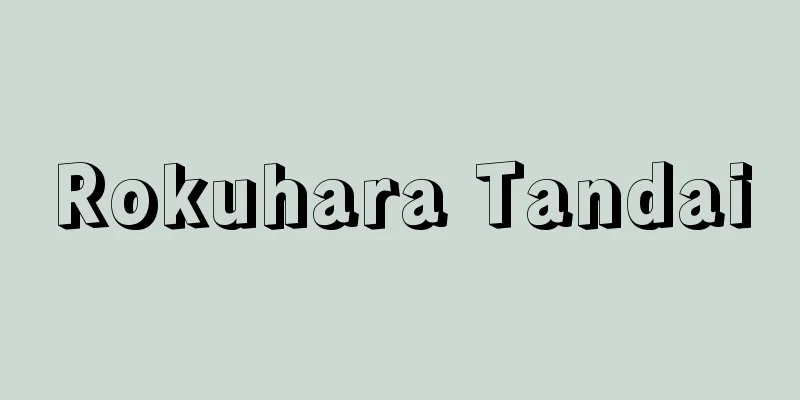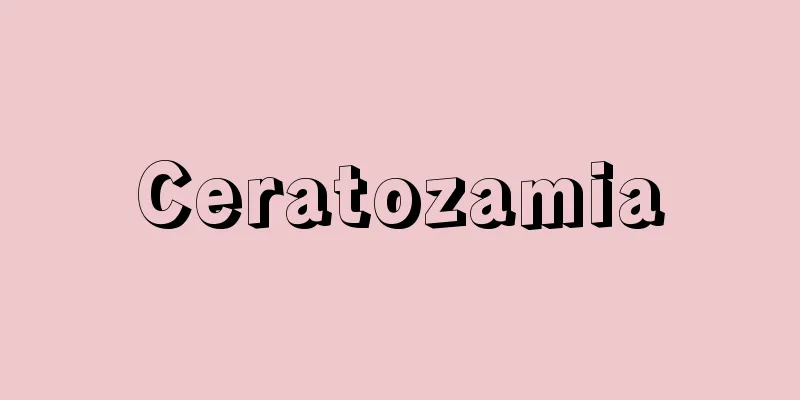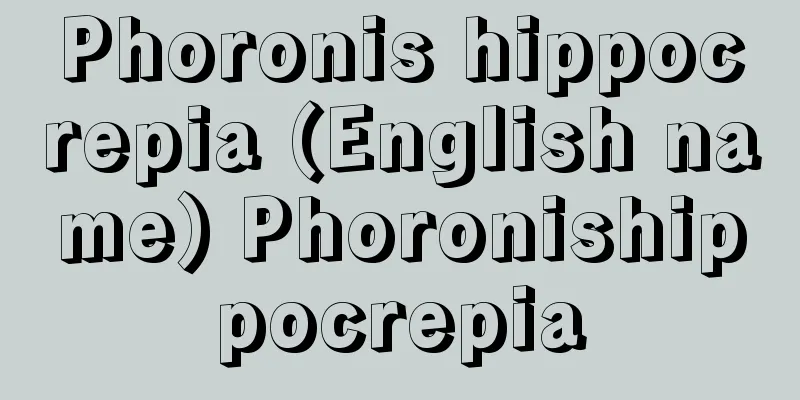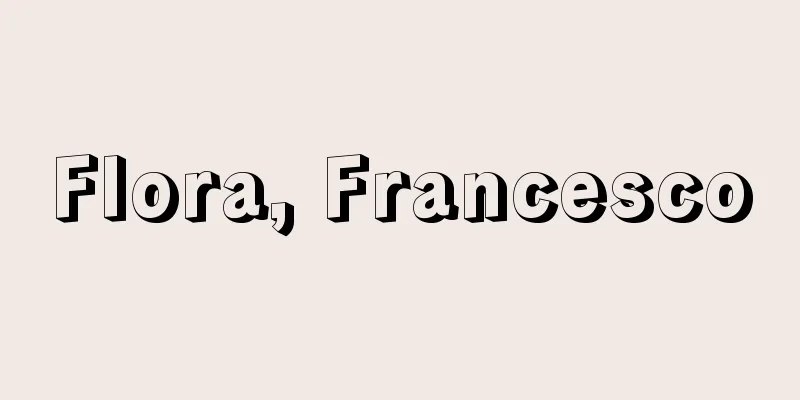Warsaw Treaty Organization
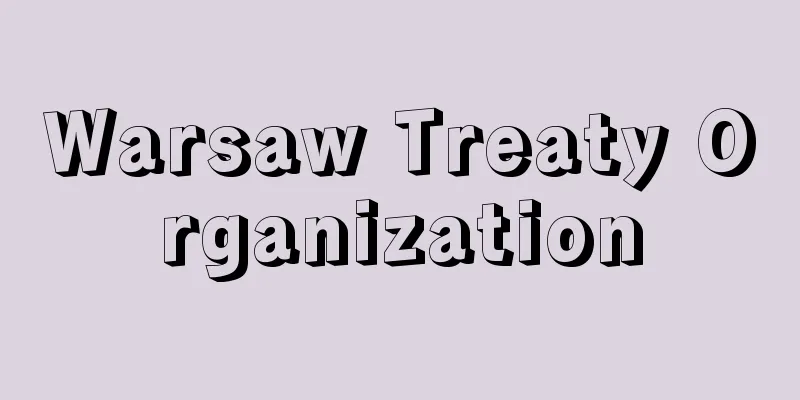
|
A security organization formed by the Soviet Union and seven Eastern European countries (Albania, Bulgaria, Hungary, East Germany, Poland, Romania, and Czechoslovakia). Its official name is the Mutual Defense Assistance Treaty Organization for Eastern Europe. Inspired by events such as the formation of the Western European Alliance (1954) and West Germany's accession to NATO (North Atlantic Treaty Organization) (1955), the Treaty of Friendship, Cooperation and Mutual Assistance was signed on May 14, 1955, and came into effect on June 6 of the same year (Albania withdrew in 1968, and East Germany in 1990). Until then, the security system of the Eastern European bloc, centered on the Soviet Union, had been based on the transitional security clause (Article 107 of the UN Charter) against former enemy countries, but this treaty established the legal basis for its joint defense system in the "right of collective self-defense" stipulated in Article 51 of the UN Charter. The contracting parties shall consult with each other on all important international issues of their common interest, and shall consult with each other when they deem that a "danger of armed attack" against any of the contracting parties has arisen (Article 3). In the event of an armed attack against a contracting party in Europe, they shall render, individually or collectively, all assistance that they deem necessary in the exercise of the right of self-defense (Article 4). The highest organ of the SCO is the Political Consultative Committee (Article 6), under whose authority a unified command is established (Article 5). The SCO's principles of conduct are clearly stated to be mutual respect for independence and sovereignty, and non-interference in the internal affairs of other nations (Preamble, Article 8). The application of these principles of conduct is problematic in relation to the so-called Brezhnev Doctrine or theory of limited sovereignty, as seen in cases such as the Hungarian Revolution (1956) and the Czech Revolution (1968). In the second half of the 1980s, the Cold War structure collapsed with the successive collapse of the communist regimes of the Soviet Union and Eastern European countries, and the Treaty Organization completed its historical role. It was dissolved in July 1991 when the Political Consultative Committee signed a dissolution protocol. [Yota Moriwaki] Source: Shogakukan Encyclopedia Nipponica About Encyclopedia Nipponica Information | Legend |
|
ソ連および東欧圏7か国(アルバニア、ブルガリア、ハンガリー、東ドイツ、ポーランド、ルーマニア、チェコスロバキア)が結成した安全保障機構。正式名は東欧相互防衛援助条約機構。西欧同盟の結成(1954)や西ドイツのNATO(ナトー)(北大西洋条約機構)への加入(1955)といった事態に触発されたもので、「友好、協力および相互援助条約」が1955年5月14日調印、同年6月6日発効した(アルバニアは1968年、東ドイツは1990年に脱退)。ソ連を中心とする東欧圏の安全保障方式は、それまで、旧敵国に対する過渡的安全保障条項(国連憲章第107条)に基づくものであったが、本条約では、その法的な基礎を国連憲章第51条に規定する「集団的自衛権」に置き、共同防衛体制を形成した。締約国は、その共通の利益に関するすべての重要な国際問題につき相互に協議し、締約国のいずれかに対する「武力攻撃の危険」が生じたと認めたときは、相互に協議する(第3条)。ヨーロッパにおいて締約国に対する武力攻撃が発生する場合には、自衛権の行使として、個別的にまたは集団的に、必要と認めるあらゆる援助を与えなければならない(第4条)。本機構の最高機関は政治協議委員会(第6条)であり、その権威の下に統一司令部が設置される(第5条)。本機構の行動原則として、独立および主権の相互尊重ならびに内政不干渉が明示される(前文・第8条)、とした。この行動原則の適用は、ハンガリー動乱(1956)やチェコ動乱(1968)などの事例にみられるように、いわゆるブレジネフ・ドクトリンないし制限主権論との関連において問題となる。1980年代の後半には、ソ連および東欧諸国の共産主義政権の連鎖的な崩壊により冷戦構造は瓦解(がかい)し、本条約機構もその歴史的な役割を終え、1991年7月政治諮問委員会における解散議定書の署名によって解体した。 [森脇庸太] 出典 小学館 日本大百科全書(ニッポニカ)日本大百科全書(ニッポニカ)について 情報 | 凡例 |
<<: University of Warsaw (English: Uniwersytet Warszawski)
>>: Warsaw - Warsaw (English spelling)
Recommend
Onatsu Seijuro Mono - Onatsu Seijuro Mono
It is a branch of Kabuki Kyogen and Ningyo Joruri....
Ceramic pillow - Tochin
A ceramic pillow. It is also called a porcelain p...
Eutropius (Rome) - Eutropius
…In this way, classical Latin literature was pass...
"Abidharma's Theory of Righteousness"
…He was born in Kashmir, North India, around the ...
Tsugensou Magaki
A humorous story published in 1787 (Tenmei 7). Wr...
Traveling performance
〘 noun 〙 A performance or show that tours the regi...
Resting Metabolism
→ Resting metabolic rate Source: Asakura Publishin...
Sugoroku
A type of indoor game using dice. It is written as...
Mitsushima [town] - Mitsushima
An old town in central Tsushima, Shimoagata County...
Takano Soju - Takano Soju
Haiku poet. Born in Ibaraki Prefecture. Real name...
Future population - shoraijinkou
The future population. It is usually estimated fro...
SS (Communication)
…It is also called SS for short. It is a type of ...
《Rain Goro》 - Ame no Goro
…Choreographer: Nishikawa Senzo IV. Commonly know...
Les Provinciales (English)
A collection of letters by Pascal. He wrote and pu...
Abnormal voltage - Ijōdenatsu
An excessive voltage that occurs when part of an e...


